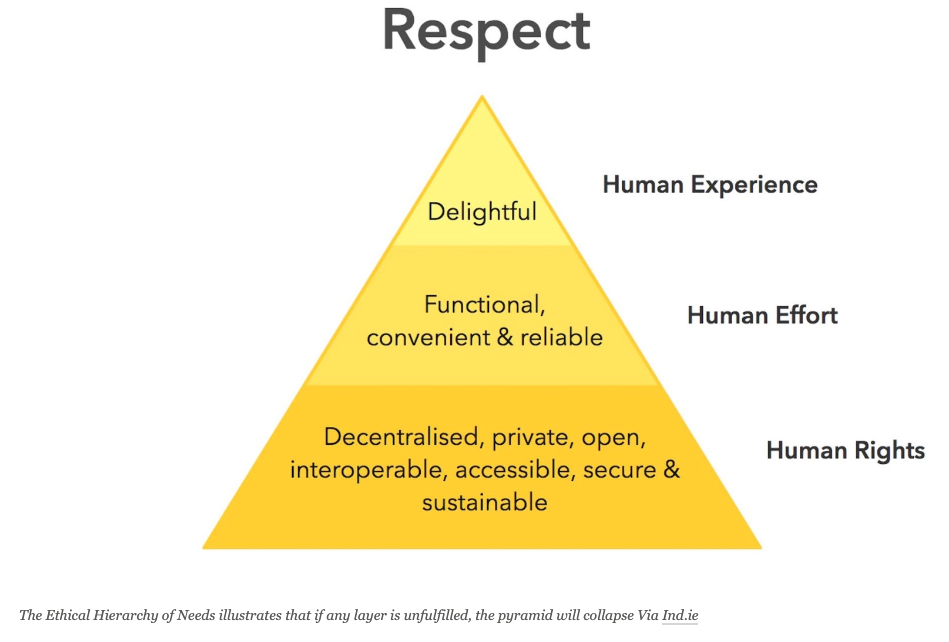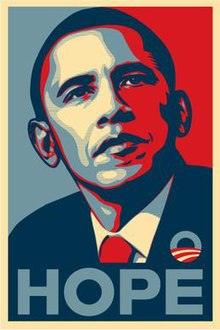
a) In the assigned readings some points that stood out to me are:
1. With copyrighting, I learned things like names, titles, ideas, and short phrases are not usually able to be copyrighted because they lack a sufficient amount of expression.
2. In the Illustration reading, I learned that price is directly related to use verses the source i.e. if it is an original illustration or stock image and also factors like its exclusivity. As someone that sometimes struggles with pricing my work that information will be very useful.
3. In the photography reading, I understood the different types of rights agreements a lot better and which ones would be ideal in specific situations and markets. I always thought of ethics more along the lines of social responsibility, but these readings reminded me of the very important factors that cover laws, copyrighting for the different types of design work, client rights and so much more. I did not understand design ethics to this level of detail, and I think it made me a much smarter designer, especially in regards to legally protecting myself when working with clients.
b) In the past, I have not always fully upheld design ethics and integrity. This was mainly because I wasn’t fully aware of them and being young, not understanding the importance of fully crediting a creator. I would use things like random google images never giving it a second thought that I am taking someone’s photograph or creation, especially if I knew it would look nothing like the original when I was finished altering it for my purposes.
As I learned more and matured, I understood the importance of upholding that integrity and the possible consequences legally. I also simply put myself in those shoes and know how I would feel if my work was taken and not properly credited. That’s even more true if the person is using it for monetary gain.
99designs.com: The Principles of Ethical Design (and How to Use Them)

c) The Fairey Copyright case was an eye-opening example of how essential ethics, copyrighting and contracts are. It also highlighted the lack of integrity that having all of those documents in place would have protected the photographer and the Associated Press from. The intellectual property would have been properly copyrighted, credited, and fully compensated. With the arguments in the case, I understood both sides, especially Fairey’s emphasis on how altered his work was from the original.
I don’t know if a settlement would have been made with me knowing he also intentionally destroyed evidence to cover his tracts, but he was already fined for that tampering. Plus, he made a smart move stating it was long after the creation of the image in question, so that retroactive act shouldn’t be applied to the actual creation the case is based on. With how long and drawn out the case was, and with both sides standing their ground with strong defendable points, I think ultimately, that settlement did make the most sense. I don’t know if it was the right resolution or the most just, but it certainly was the most time saving and cost effective for everyone involved. Overall, the solution seems to justly benefit both sides, especially with them sharing the rights moving forward.
NY Times Article: Hope Poster Case
Wikipedia: Barack Obama “Hope” Poster (source of slideshow images)





Leave a Reply